Wandering Ginza Butterfly
- Year
- 1972
- Original title
- Gincho Wataridori
- Japanese title
- 銀蝶渡り鳥
- Director
- Cast
- Running time
- 95 minutes
- Published
- 6 October 2012
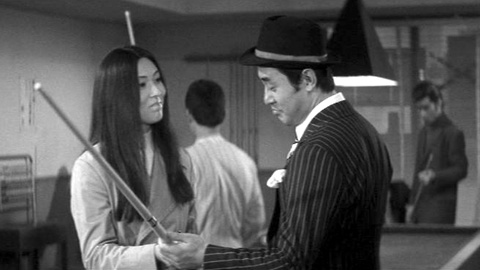
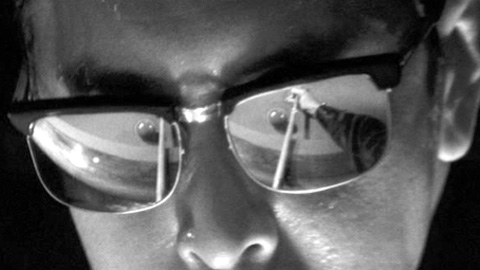
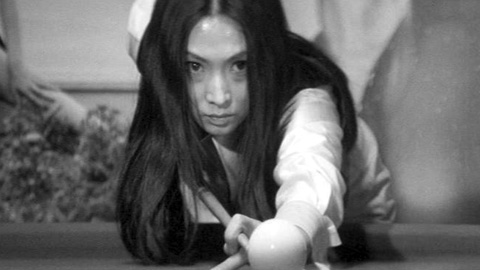
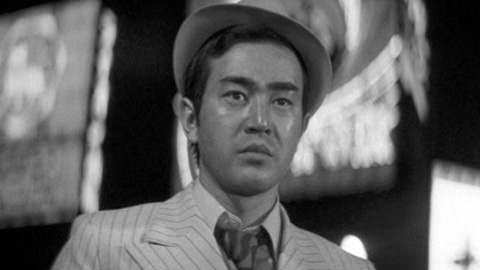
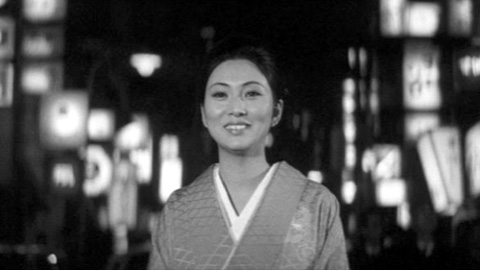
by Tom Mes
When the Nikkatsu studio switched its production roster exclusively to Roman Porno at the start of the 1970s, many of its contract players were none too keen on spending the next few years of their professional career standing around naked on movie sets. One such actress was Meiko Kaji, who had made her acting debut in the Nikkatsu production Sad Song of Parting (Kanashiki Wakare no Uta, dir: Katsumi Nishikawa) in 1965, at the tender age of 19.
Kaji initially sought refuge in TV, the great menace that was now proving to be a safety net for so much out-of-work film talent. Before long, however, a phone call from a producer named Kineo Yoshimine saw her invited to Toei. Toei had to contend with the early retirement of its top female star, Junko Fuji, who had gone off and married a Kabuki performer and called her acting work quits. Fuji had been largely responsible for keeping Toei solvent through the previous decade with her starring turns in countless examples of the studio’s signature ninkyo eiga. Toei saw in Meiko Kaji the ideal replacement. Junko Fuji’s biggest successes had after all been as lone avengers that were as stoic and deadly as they were sophisticated and beautiful. Kaji’s starring role in Teruo Ishii’s madcap genre potpourri The Blind Woman’s Curse convinced Toei that the young actress fit the mould.
Kaji accepted the offer and Toei duly cast her in the role of an itinerant gambler who gets ensnared in an underworld plot in Wandering Ginza Butterfly. It was ninkyo all over again, except that Kaji, being in a position to call at least some shots, insisted that the film should be a modern-day tale instead of having the typical early 20th-century setting of the ninkyo movies. She had just seen the Paul Newman vehicle The Hustler (1969, dir: Robert Rossen) and suggested incorporating its smoky billiard hall locales into her first Toei outing.
Only a year and yet a world away from the silent avenger Matsu the Scorpion that would bring her fame in the Female Convict Scorpion series, a sprightly and talkative Kaji here plays Nami Higuchi, the former leader of a leather-clad biker gang (an obvious reference to her persona in the Stray Cat Rock series) freshly released from a three-year jail stretch. She arrives in Ginza to look for a job in one of the area’s countless hostess bars, where young women make a living pouring middle-aged men expensive drinks. Nami finds an opening at a certain Club Bronco, but soon learns that her employer is the last in the area to resist the pressures of ruthless gang kingpin Owada. With the help of a small-time hood (Watase, younger brother of Kaji’s former Nikkatsu colleague Tetsuya Watari) and a local fixer, she tries to keep Owada’s ruffians at bay.
It’s not the dime-a-dozen storyline that will attract anyone to Wandering Ginza Butterfly, but the movie is nevertheless thoroughly entertaining. The charm of the film comes from its often light-hearted take on the material and some peculiar touches, like Nami’s talents as a billiard player (a poster of Paul Newman can even be glimpsed on a wall at one point) which she displays in a high-stakes match against Owada’s dope-addicted pool champ.
Meiko Kaji shines brightly in the lead role. Her performance is reminiscent in places of the lighter moments from the Stray Cat Rock series, as she moves from funny to powerful to vulnerable with remarkable ease, equally convincing in all her guises and retaining an air of cool authority that makes her fellow hostesses come off as cackling hens. When she goes to collect a bar debt from a construction worker client, she swipes a dump truck as collateral when the man refuses to pay up. When the gang boss attempts to take her hostage, she flat out refuses – it’s a moment that reminds us of how different Meiko Kaji was from her brethren, how much strength she instilled in the characters she played. “You’re behaving badly for a woman,” the gangster admonishes her, but she nonchalantly shrugs off the sexism – he will get to know exactly how bad she can be during the blood-soaked finale that is to follow. (In which, incidentally, she dresses up in a white kimono and carries a blade hidden inside an umbrella, precisely like she would in Lady Snowblood two years later.)
The changes to the formula did little for the film’s fortunes at the box office, however. Intended as the first part in an ongoing series, in the vein of Junko Fuji’s Red Peony Gambler (Hibotan Bakuto) films, Wandering Ginza Butterfly spawned only one sequel, Wandering Ginza Butterfly 2: She-Cat Gambler (Gincho Nagaremono: Mesuneko Bakuchi), in which Kaji was paired with Shinichi “Sonny” Chiba.
The simple fact was that audiences had grown tired of the ninkyo eiga genre, a message hammered home by the success of a pair of different takes on the gang film directed by a hitherto marginal Toei director named Kinji Fukasaku – his Street Mobster (Gendai Yakuza: Hitokiri Yota, 1972) and especially Battles without Honor and Humanity (Jingi naki Tatakai, 1973) changed the face of the genre and showed Toei the way forward.